
Marsh fritillary
This beautiful butterfly is one of our rarest, now mostly restricted to the western parts of the UK.

This beautiful butterfly is one of our rarest, now mostly restricted to the western parts of the UK.

One of the only venomous fish to be found in British waters, the lesser weever fish is certainly one to watch out for!
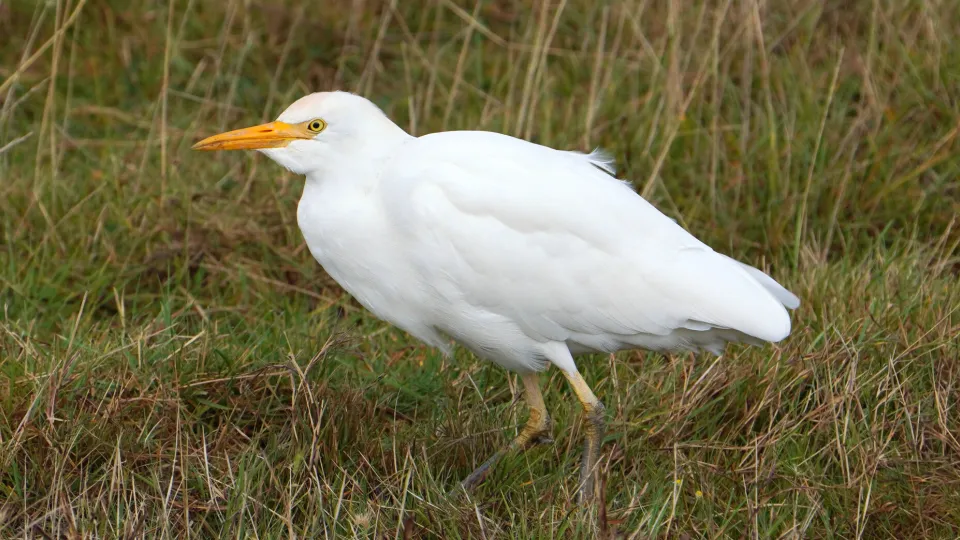
This small, white heron is an increasingly common sight in parts of the UK as it spreads north from continental Europe.
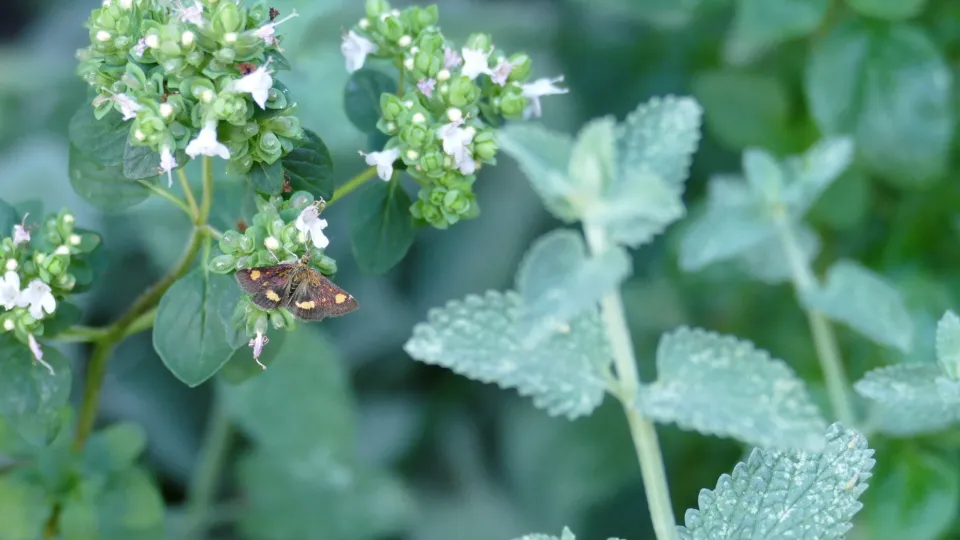
A small, day-flying moth that can often be seen visiting garden herbs.

This sooty-black, day-flying moth is active on sunny days, rarely settling in one place for long.

This day-flying moth is found on flowery meadows, often in the company of other moths and butterflies.
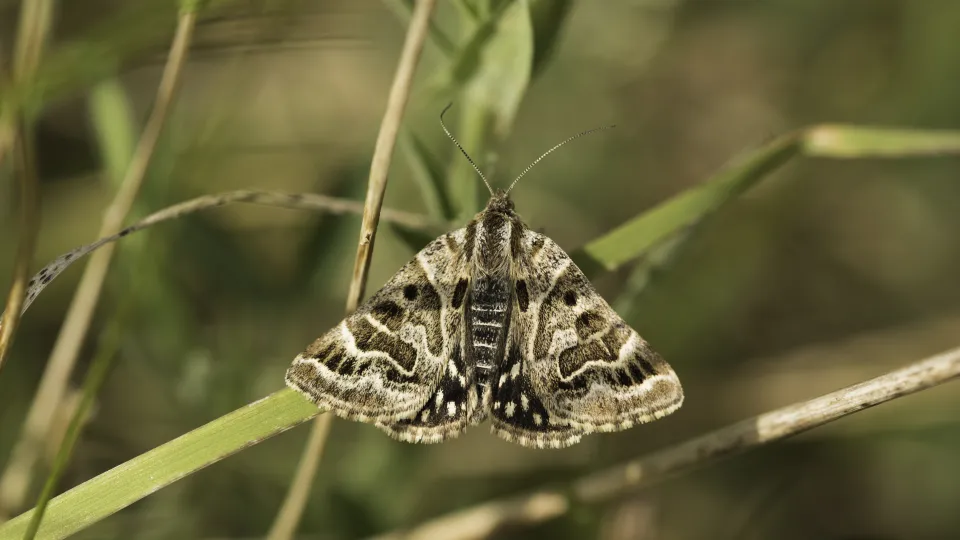
This striking day-flying moth is named after a 16th century witch.
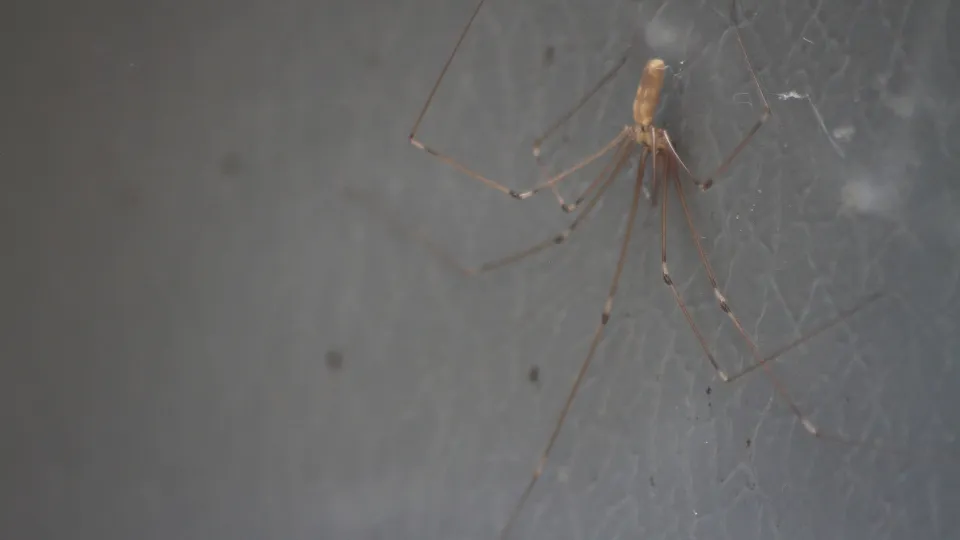
You've probably spotted this long-legged spider hiding in the corner of a house or building.
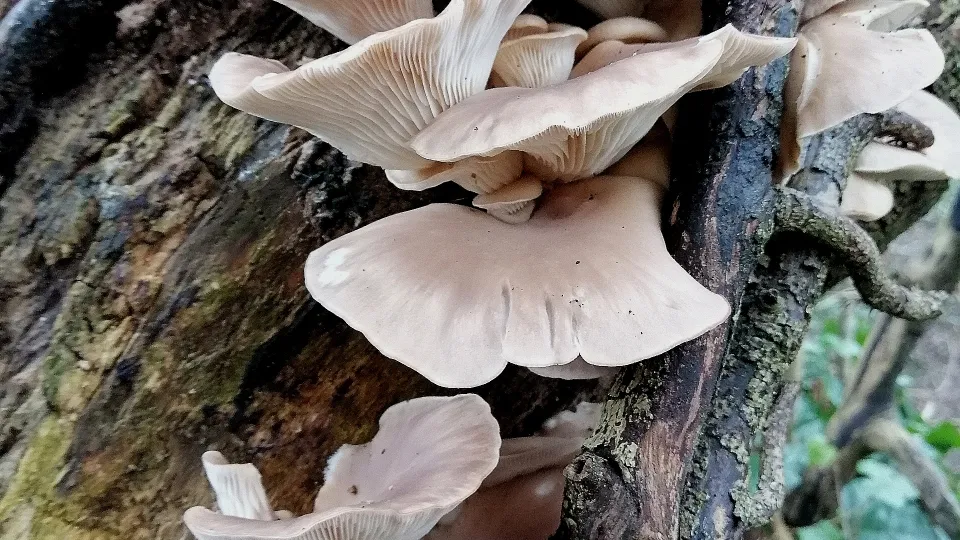
Oyster mushrooms are shell shaped fungi that grow in tiers or fabulous clusters on dead trees or stumps. Unlike many fungi, these mushrooms are not seasonal and can be found all year round, especially after a cold snap which can trigger the fungus into fruiting.
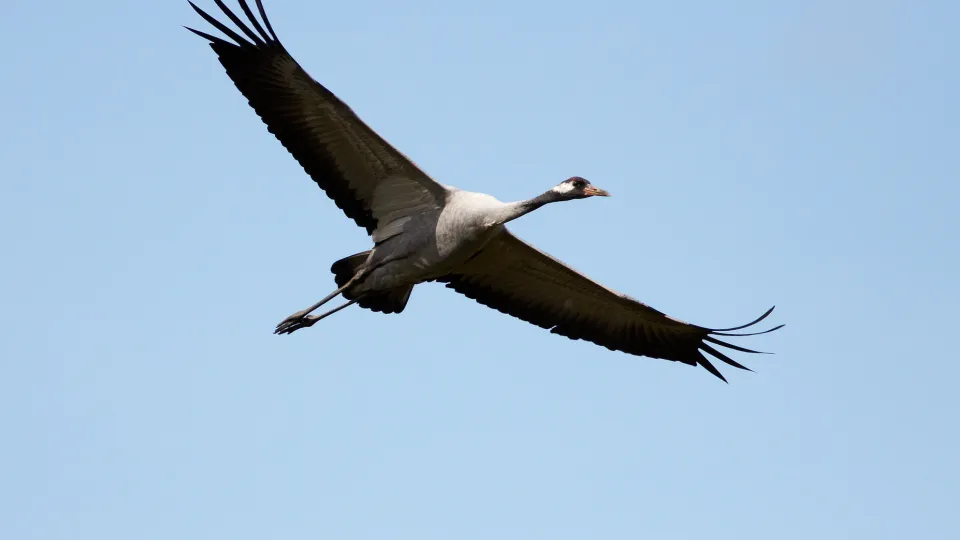
As the UK’s tallest bird the common crane is instantly recognisable with the ruffle of tail feathers and very long legs. Their bugling call is also very distinctive.